Analyzing Posture and accommodating
in Training
Being able to train a variety of postures can be very difficult at times, but it is extremely important to have a variety of patterning accommodations for all of the potential postures within the throw. From general mobility correctives to throwing drills being able to have a specificity target that relates to athlete's and their throwing posture is important for training transfer. Furthermore, it is just as important to monitor spin metrics as athlete's begin on-ramps to make sure that these anticipated and desired postures are being met accordingly. First, let's review the postures within throwing by 3 main sub-categories:
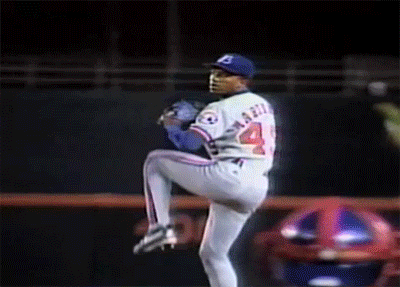
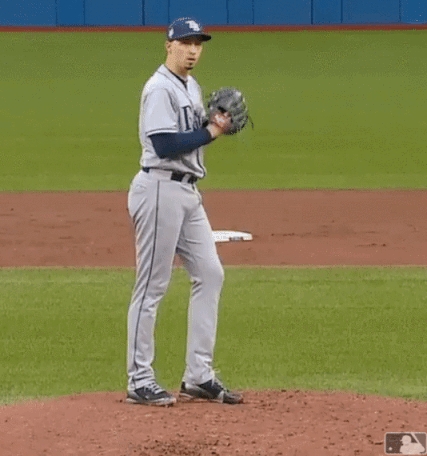

A
B
C
The 3 main categories of throwing posture are "A,B,C" with A being the lowest of the 3 postures and C being the highest. The understanding of posture is based on the angle between the spine (predominantly thoracic) and the humerus/radius/ulna (the whole arm). We know that the best axis of rotation is about 90 degrees perpendicular to the spine, and you can see in the still shots of release how these elite throwers maximize their respective postures.



The angle here of deGrom makes it difficult to analyze, but his posture more so replicates a "B" than an "A" but you get the point in terms of spine angle through rotation. My buddy Ben Brewster talks about setting up this axis of rotation and maximizing the amount of energy applied to the ball through this window as the arm spirals through arm action into release you can see these planes of rotation fully match accordingly. It is also worth noting that these athletes maintain that shoulder alignment through deceleration as well. Tapping into steeper postures to early (B,C) can make athletes lose anterior core control, but you can see Snell here holding that well and then setting up this axis of rotation after he leaves abduction and begins external rotation as the arm flips up into this rotation window as force is being applied to the ball. These positions optimize velocity through enhancing torso rotation acceleration and making sure the arm action line corresponds in order to apply as much force to the ball as possible through this window of rotation. Not only is velocity a benefit here but I also believe various spin and ball-flight metrics stem from posture analysis which can lead me to another post down the road.
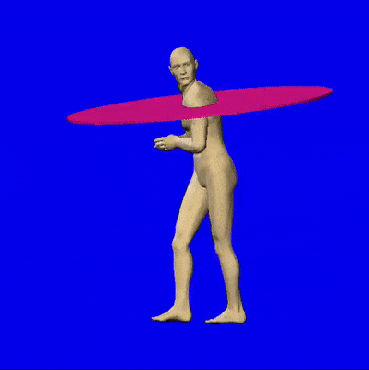
One of my favorite illustrations from Paul Nyman, here a "B" posture is represented
Meanwhile I will talk about training accommodations to ensure guys are getting into these positions accordingly and not tapping into any compensations or suboptimal movement patterns. The main aspect of training that becomes tricky is training maximum torso rotational velocities in corresponding spine angles, which requires a lot of creativity which means both medball throws as well as slam variations can be very beneficial. In my few years at R&D I think we have brought about 30 medball variations or more, but creativity here is awesome because not only can you match the athletes posture but also challenge them to get into these positions in various ways via constraint. A basic example that is beneficial is a rotational overhead throw for B,C posture guys as A postures are generally easy to work with as most medballs are thrown from that spine angle.
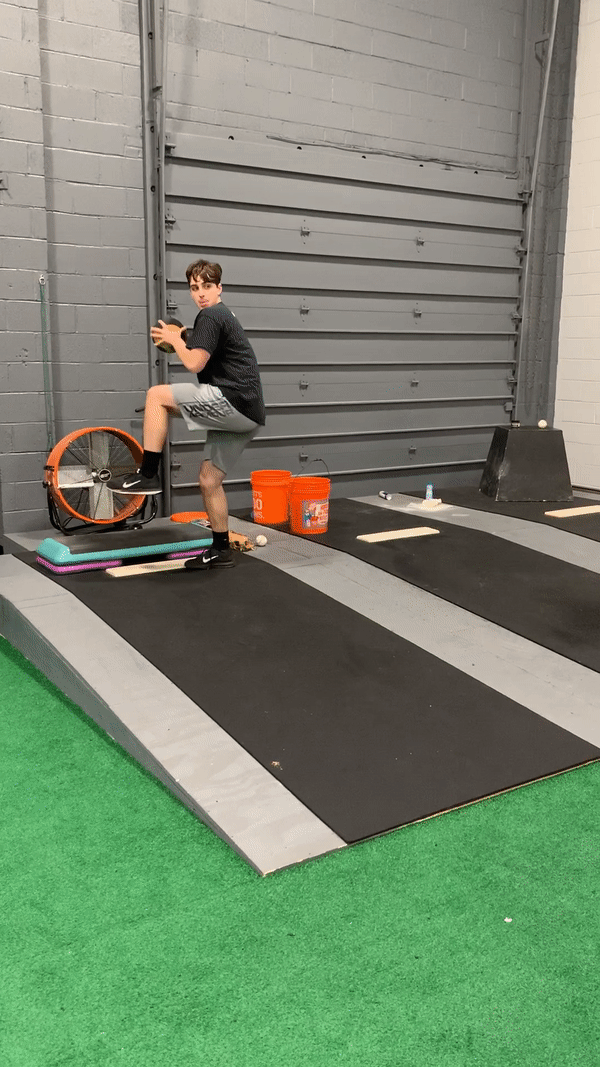
As it pertains to throwing I have been diving into guys axis of rotation heavily during on-ramping periods as this is a window where a lot of compensations or irregular patterns can present themselves. With guys who have very concrete goals in terms of pitch design around their fastballs it is a necessity that we analyze in 1,000 fps video in combination with trackman to see exactly how the ball is leaving their hand so we can carry these patterns to higher intensities in the coming months. Although it is submaximal I have found this information very useful as we begin to eye certain long form ball flight metrics that will help them in the coming season, as well as looking to maximize velocity in these postures. The importance of analyzing these postures in relation to pitch design is so that we are not seeing any compensations via the arm action itself that act in isolation compared to the proximal part of the body. For instance, with the athlete below we are looking at maximizing some metrics out of a 1:00 - 1:20 slot which you would notice corresponds directly with his throwing posture, which had a lot of fluctuations this past season and guys vary drastically with given intensities (even more important to monitor).
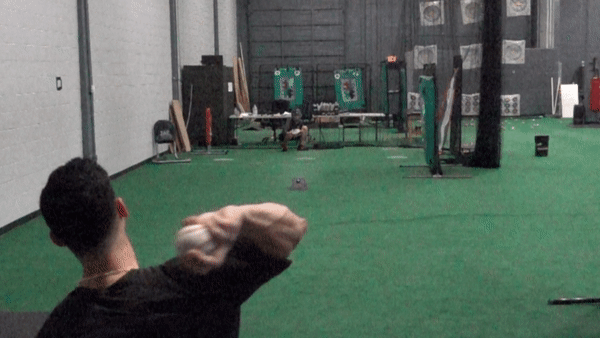

Another athlete we are trying to keep between 12:15-12:30, with a focus on posture, here you can see the corresponding arm action path
Regardless if you are a big leaguer aiming for very specific ball flight metrics and need monitor posture and corresponding axis results, or a young athlete just seeking to better understand how one optimizes their own patterning it is important to understand posture. Posture is extremely important in training and again can guide a lot of things within a program from correctives, mobility, medball, throwing patterning, lifting, etc. No two throws are the same and neither are two throwers, we have to be able to differentiate our programming and patterning accordingly.
Thanks as always for reading!
Any comments or questions feel free to email tzombro@gmail.com
Also visit rdbaseballacademy.com